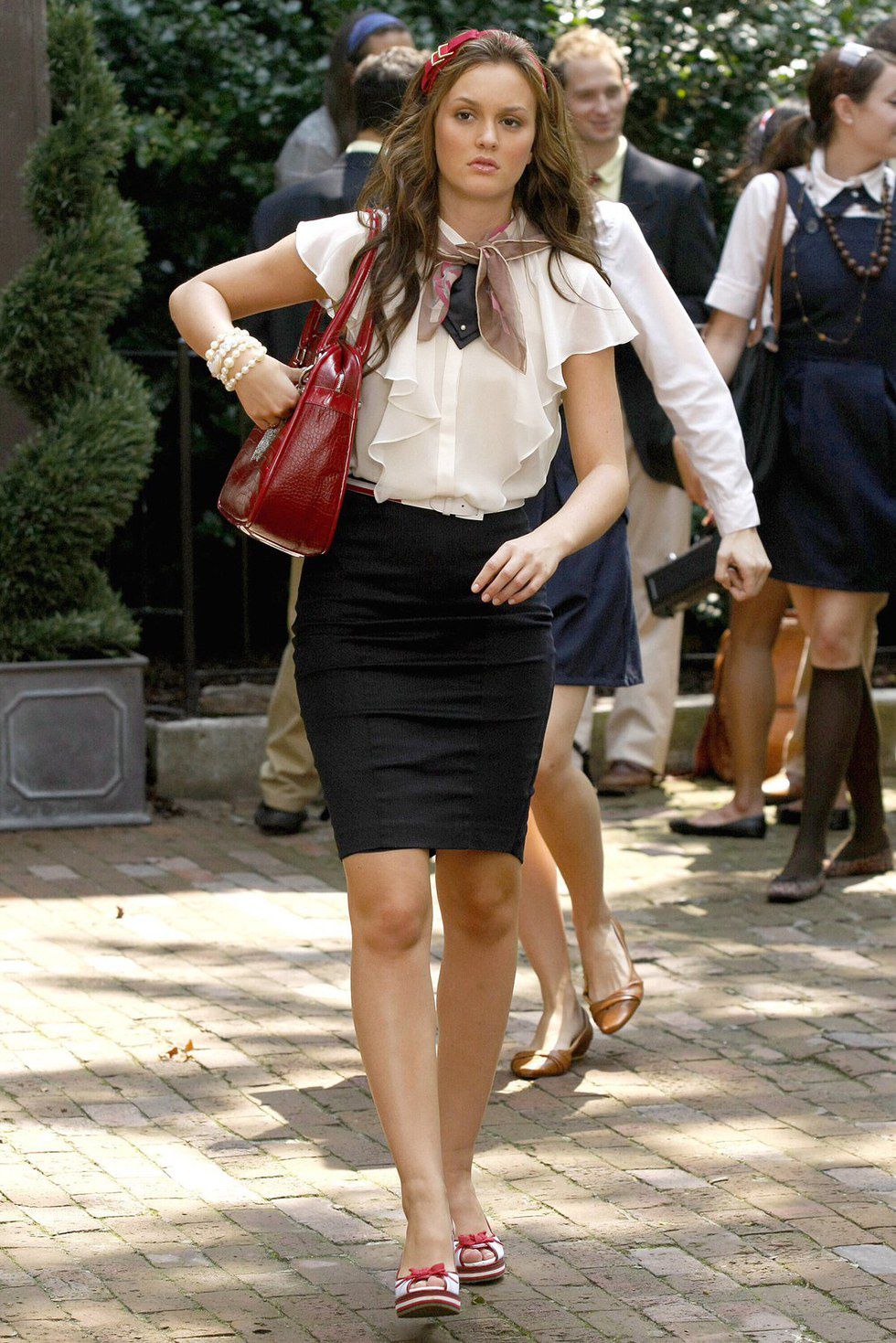Have you ever walked into the store and bought way more than you needed? Have you been faced with two of the same products, and bought the brand name one even though it was more expensive? Have you ever wondered why the same commercial plays five times during one episode? Well, these are all ways advertisers have tricked us with their various techniques. Advertisements can be highly deceptive whether it is through the use of words, photography, or repetition.
To start off, the food industry uses various claims to trick customers into thinking their products are more beneficial to them than they really are. The food industry often uses Buzzwords on their packaging like “gluten-free” or “sugar-free” to trick consumers into thinking that by eating their products, they are eating healthier. However, this is a misconception and most times the gluten is replaced by cornmeal and oil and “sugar-free” just means that sugar is replaced by a sweetener that can be worse for you.
For example, take Dannon’s Activia yogurt. The yogurt was being sold at prices 30% higher than similar products because it was marketed as “clinically" and "scientifically" proven to boost your immune system and able to help to regulate digestion,” but a lawsuit revealed that these claims were false and unproven. Similarly, Red Bull’s slogan “Red Bull gives you wings” was under attack as consumers found that Red Bull did not actually help boost their concentration as the company’s phrasing promised. So the next time you're pulling an all-nighter, consider if your energy drink is actually helping you or if the packaging is just telling you it is.
Pictures can appeal directly to our senses and be the most effective on people. Advertisers can easily photoshop, and enhance pictures in order to make their pictures and products more appealing. Olay was recently exposed for photoshopping a model’s wrinkles, but claiming their disappearance was due to their product And we have all heard of the many times celebrities and models have called out magazines for photoshopping away birthmarks and shrinking waistlines. Believe it or not, deceptive pictures are even used in the food industry.
We can definitely all relate to seeing a food commercial and instantly craving that food, but what are you actually craving? The delicious ice cream on screen is often mashed potatoes that have been dyed so that the ice cream has a creamier texture. While the hearty bowl of cereal uses shampoo as its milk. And the big juicy hamburger is covered in brown shoe polish. Sounds appetizing, doesn’t it?
Advertisers also use repetition to make consumers more inclined to buy their products.
A study done by the American Psychological Association shows that "advertisers intuitively know that exposing people repetitively to the same stimulus increases liking." Which is why you watch the same commercial five times during one episode This is also the same reason you see an ad for whatever you last looked up on every website you visit after.
Your computer uses something called cookies to save the websites you visit, and advertisers can use them to make you want their product more. Repetition in advertising also tricks the consumer into thinking their brand is more trustworthy and ensures companies that you will reach for their product when faced with the choice of many similar products.
Overall, advertisers have figured out many techniques to trick consumers into spending money on their products. So the next time you’re in the store and reach for a product that wasn’t on your list, ask yourself “What form of advertisement drew me to this product?”
You might be surprised by what caused you to pick up an item you don’t even need.











 Photo by
Photo by 








